Series 4 - MassageMassage is defined as the systematic manipulation of the soft tissues of the body. Therapeutic Effects of Massage Mechanical Responses Occur as a direct result of the graded pressures and movements of the hand on the body. Massage encourages venous and lymphatic drainage as well a mild stretch of superficial and scar tissue. Stagnation of circulation due to inactivity can be prevented by using massage therapy techniques. Physiological Responses Massage can increase metabolism to the musculature and aid in the removal of metabolites. It also helps overcome venostasis and edema by increasing circulation at and around the injury site. Reflex effects of massage elicit a variety of organ reactions such as body relaxation, stimulation and increased circulation. Relaxation is beneficial for tense, anxious clients who may require a gentle treatment. Stimulation benefits are primarily psychological and is relatively ineffectual physiologically. Increased circulation by massage is caused by the capillaries dilating and the fluid being drained as a result of firm outside pressure. This stimulates cell metabolism, eliminating toxins and increases lymphatic and venous circulation. Psychological Responses The tactile system is one of the most sensitive systems in the human organism. Because massage is the act of laying on of hands, it can be an important means for creating a bond of confidence between the athletic trainer and the athlete. References: Arnheim’s Principles of Athletic Training - A Competency Based Approach, William E. Prentice, 12 Edition, 2006, pg 421-426
0 Comments
Series 3 - TENS Transcutaneous Electrical Nerve Stimulators
Pain ModulationMuscle ContractionReferences
Arnheim’s Principles of Athletic Training - A Competency Based Approach, William E. Prentice, 12 Edition, 2006, pg 416-420 Upcoming - Series 4 - Massage Series 2 - Therapeutic UltrasoundWhat Is Ultrasound? Ultrasound is defined as inaudible acoustic vibrations that may produce either thermal or nonthermal physiological effects. When sound scatters and absorbs as it penetrates the tissue, its energy is decreased. Equipment The main piece of equipment for delivering therapeutic ultrasound is a high-frequency generator, which provides an electrical current through a coaxial cable to a transducer contained within an applicator. The crystals in the head of the applicator expand and contract producing oscillations at the same frequency as sound waves. Indications - Thermal Effects
Indications - Non-Thermal Effects.
Application Acute injuries require more frequent treatments over a shorter period of time Chronic conditions require fewer treatments over a longer period of time Ultrasound should begin as soon as possible after injury to maximize effects on the healing process. Acute conditions may require treatment once daily for 6-8 days. Chronic conditions can be used on alternating days for 10-12 treatments. References Arnheim’s Principles of Athletic Training - A Competency Based Approach, William E. Prentice, 12 Edition, 2006, pg 412-415 We offer ultrasound. Book an Athletic Therapy appointment today to determine if ultrasound should be included in your therapeutic treatment.
What does the Science say?
The research appears to be limited in regards to documenting the benefits of therapeutic cupping. Although the treatment has been around for centuries there is limited scientific research on the cause and effect of cupping. The below article helped outline a number of studies. I have compiled some of the research into a short review. The Medical Perspective of Cupping Therapy: Effects and Mechanisms of Action, Abdullah M.N et.al. Journal of Traditional and Complementary Medicine, 2019, pg 90-97 The main motivation for this review as outlined by the authors is the controversial premise that cupping is based on a placebo effect and has no actual therapeutic results. The purpose of the authors review was to determine the mechanisms of action and explain the effects cupping has as a therapeutic treatment in modern medicine. The authors reviewed 64 articles that focused on explaining the mechanisms of cupping using the scientific method. With these articles the authors discovered found scientific evidence that there is an increase in opioid production in the brain leading to both pain control and relaxation. Other studies reviewed looked at improved circulation of cupping and how this promotes toxin removal from the body. Three theories and hypotheses were discussed for cupping as a treatment option in the reduction of pain. These theories and hypotheses included the Gate Control Theory, Diffuse of Noxious Inhibitory Controls, Reflex Zone Theory, Release of Nitric Oxide Theory, Activation of Immune System Theory, and Blood Detoxification Theory. For my review I decided to include conclusions based on the first 4 theories. The Gate Control Theory This theory is based on a study performed in 1965, whereby scientist hypothesized that there are both thin and thick neural pathways from an injury site to the central nervous system. These pathways carry information such as temperature, pressure and pain however the thicker neural pathways are believed to inhibit the thinner pathways of pain. It is believed that cupping activates that thicker inhibitory pathways of pain and therefore reduces that individuals perception of pain. The authors point out that the extent cupping impacts this pathway is unknown and more research is required in this area. Diffuse of Noxious Inhibitory Controls This theory is based on an idea that you can only register one pain signal at a time from an injury site. This means that by creating discomfort with the cups you can override that original pain signal. This action is similar to acupuncture where the local area is triggered by the new pain creating a “pain inhibits pain” effect. Reflex Zone Theory This theory basis its premise on the link between different areas of the body. That there exists a link between nerves muscle and skin. The hypotheses suggests that cupping an area of the body will impact another area of the body via the neural pathways they share. Organs that are diseased have been known to show up as sign and symptoms in other areas of the body. The authors do point out that more research is needed into this theory to get a better understanding of the exact mechanism being impacted with cupping. Release of Nitric Oxide Theory Nitric oxide is an important vasodilator that regulates both blood flow and volume and has been associated with collagen formation and strength at an injury site. Studies have shown an increase in Nitric oxide in tissue post cupping. Conclusion According to the authors of this review no single theory could explain all the benefits of therapeutic cupping. It’s important to note that larger randomized test need to performed to understand the scientific benefits of cupping in modern science. Curious if cupping would be a beneficial addition to your therapeutic treatment. Add cupping for free to your 60 or 90 minute massage therapy treatment for the month of September. Upcoming - Series 2 - Ultrasound - What is Therapeutic Ultrasound? |
AuthorRozalind Sorensen Archives
December 2022
Categories |
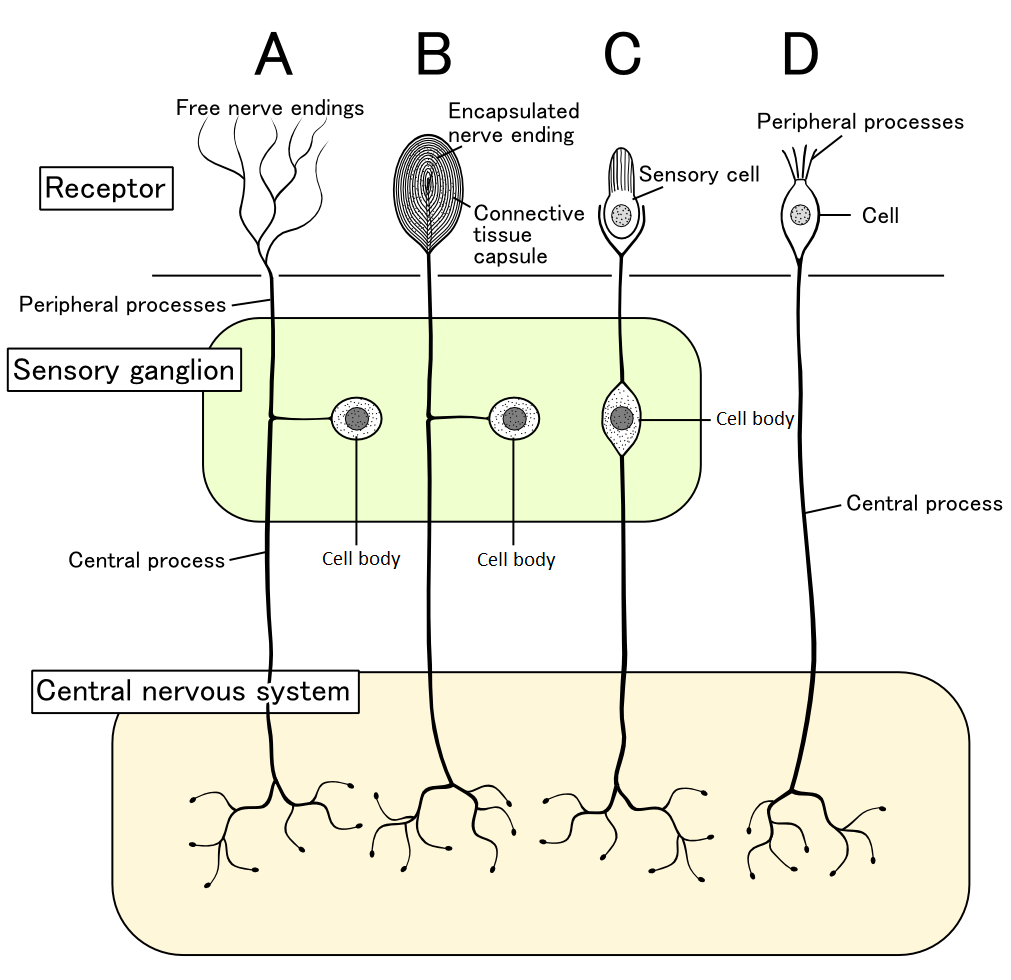
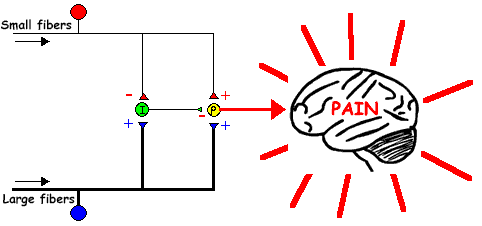
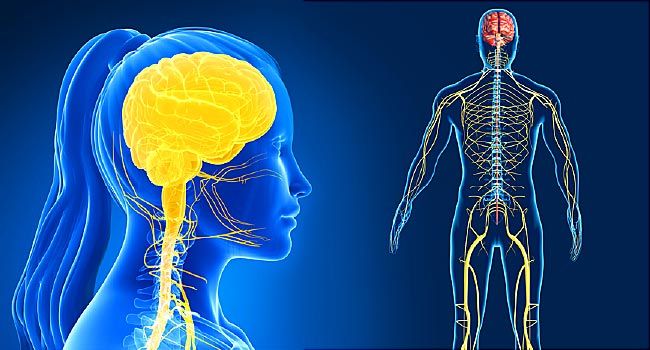
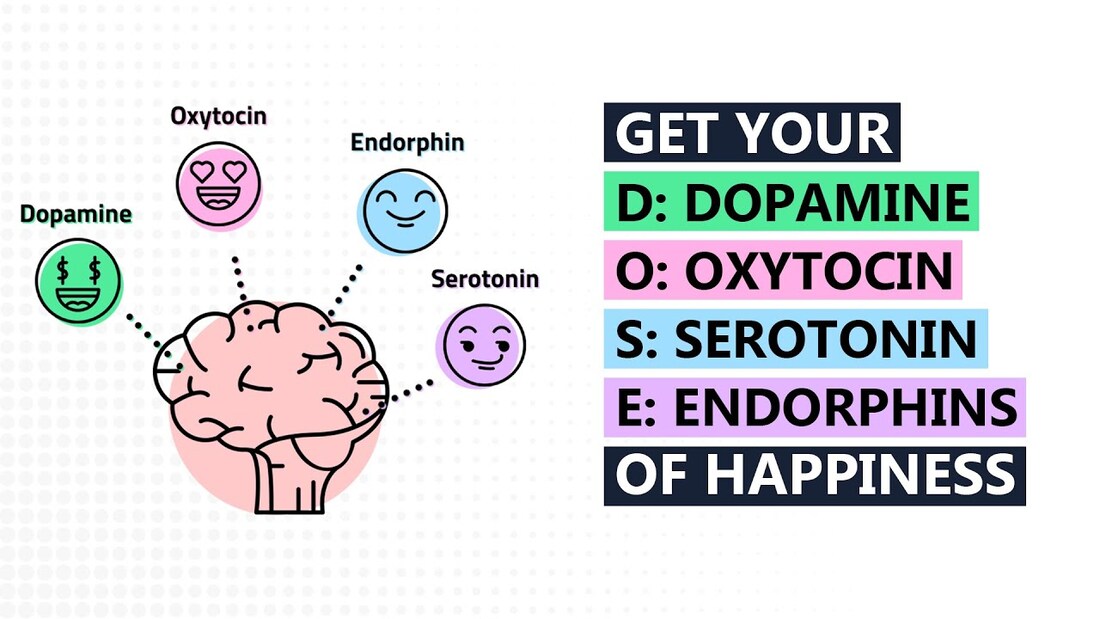
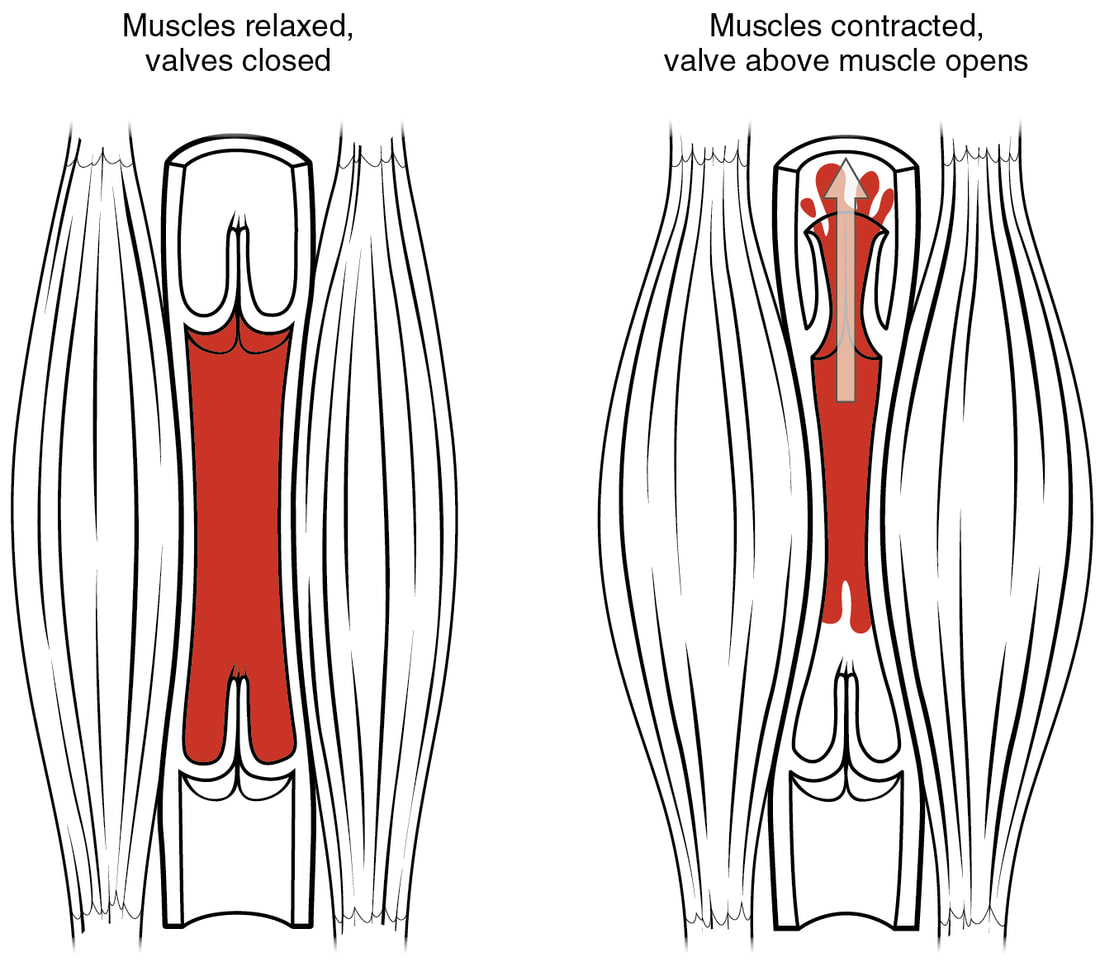
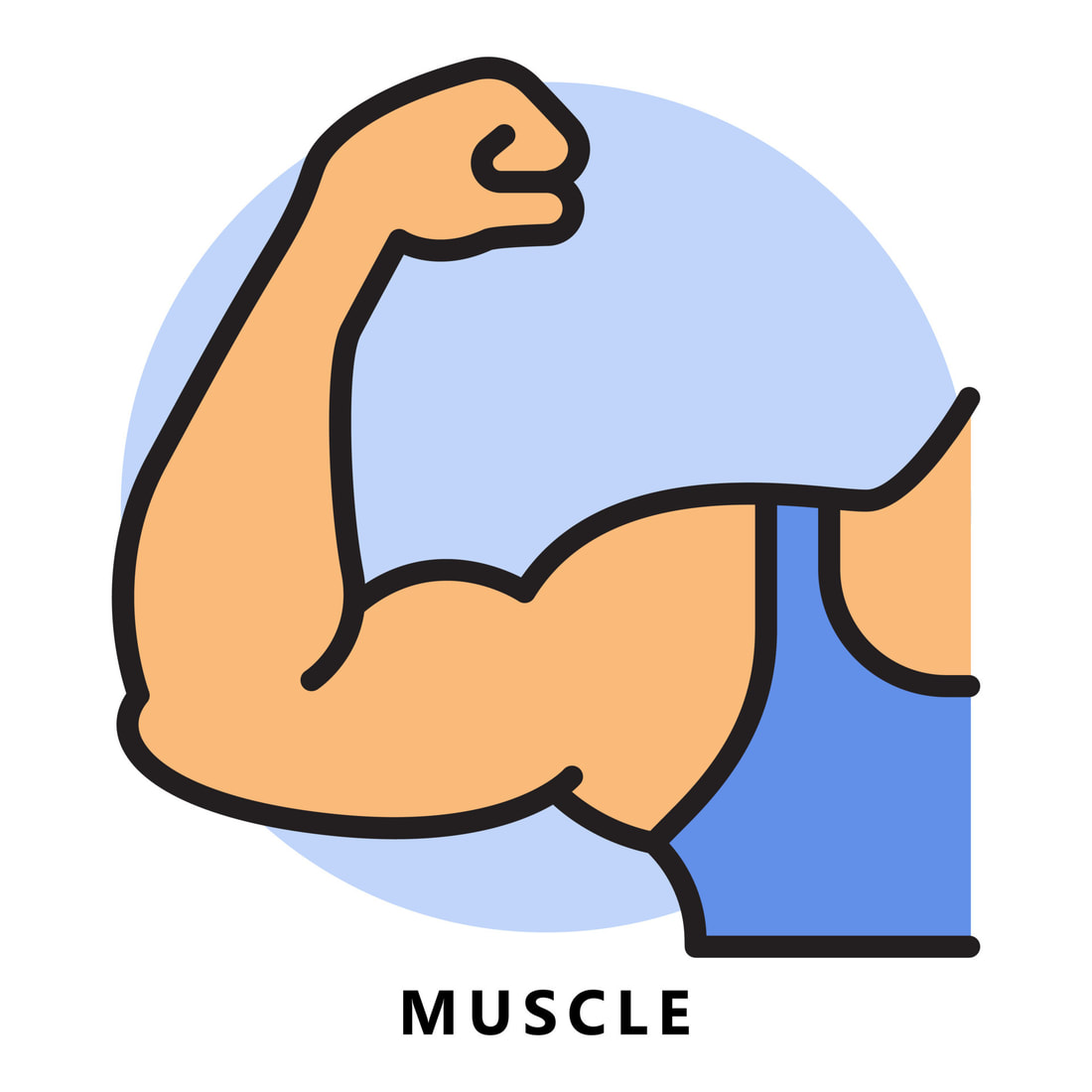
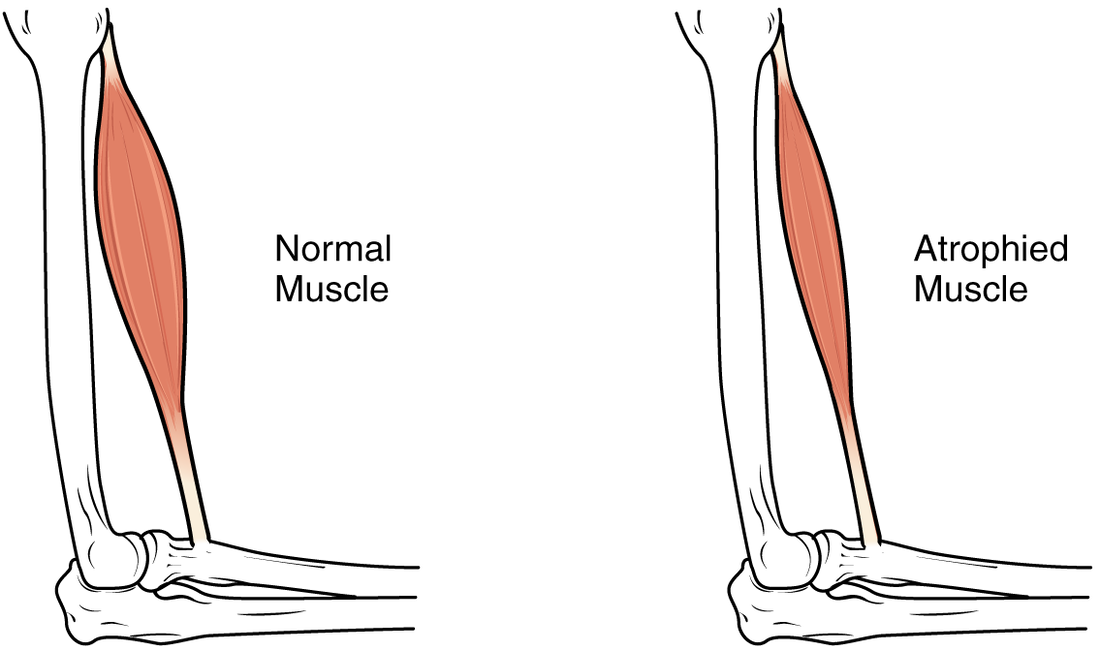
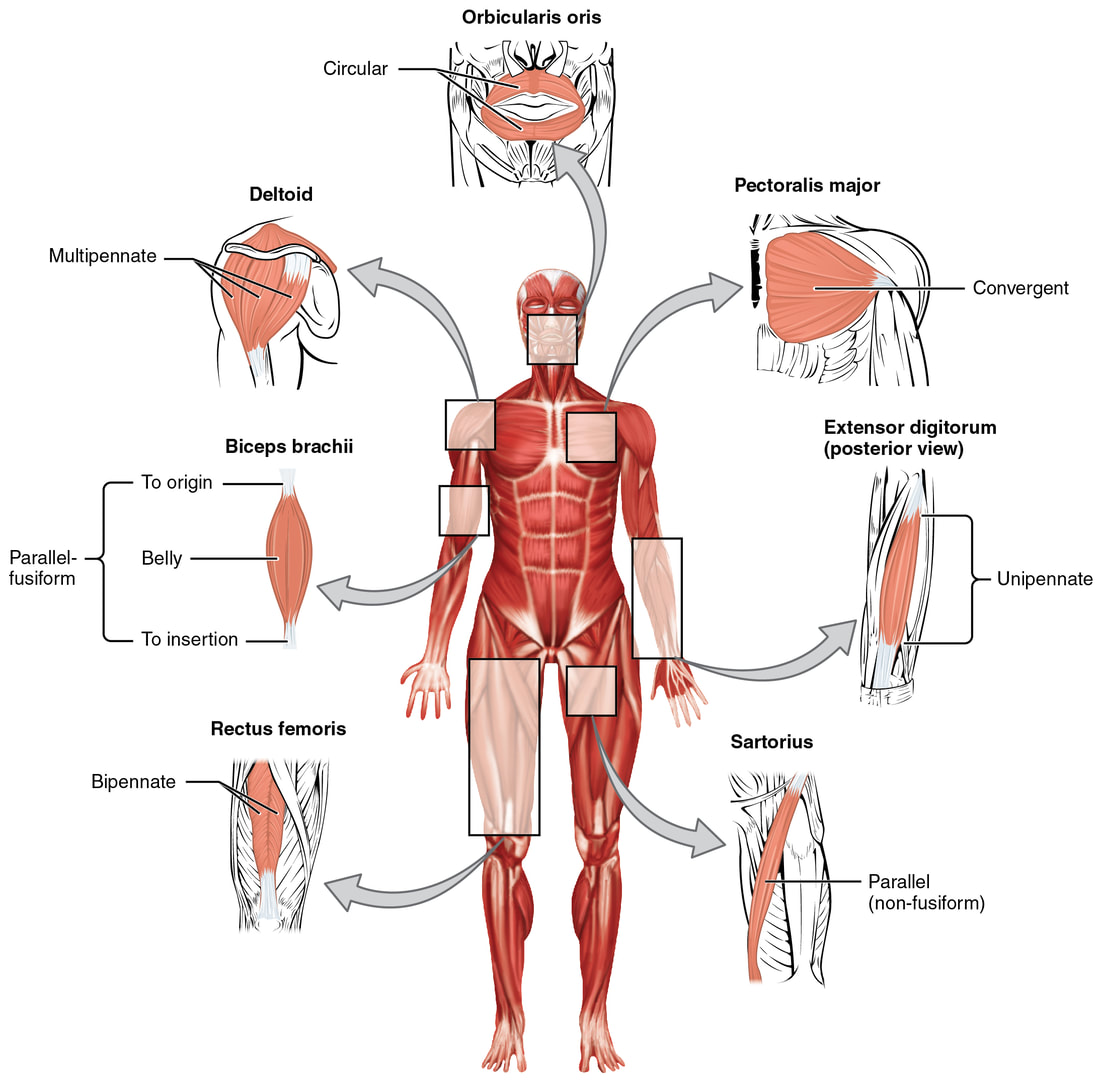
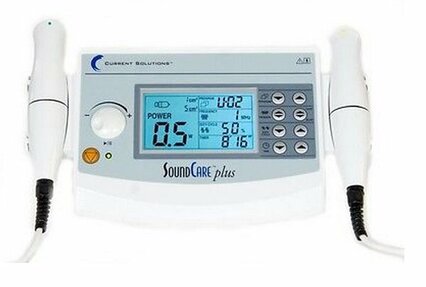
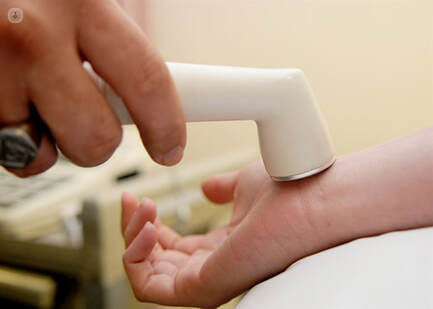
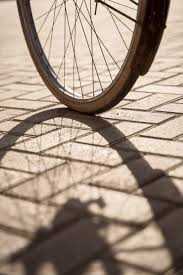
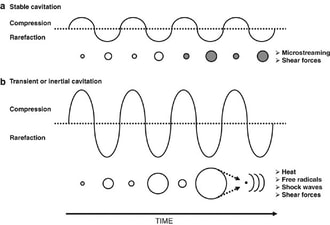
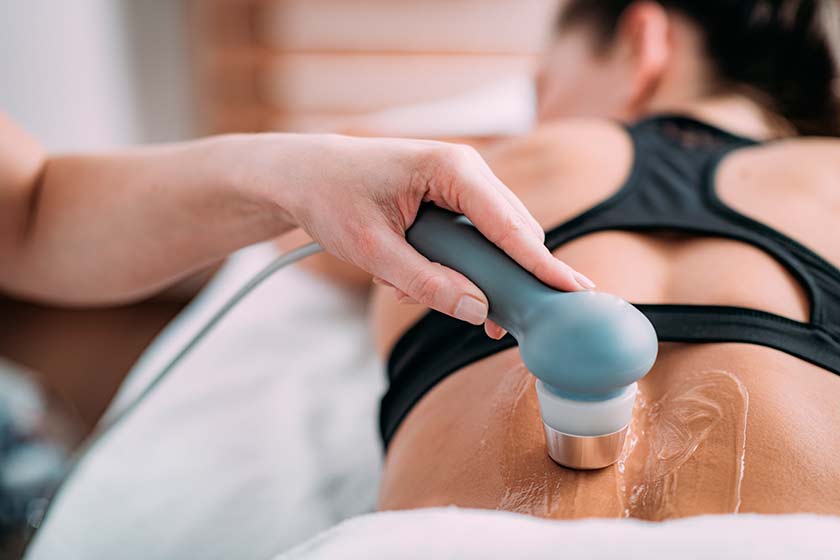
 RSS Feed
RSS Feed